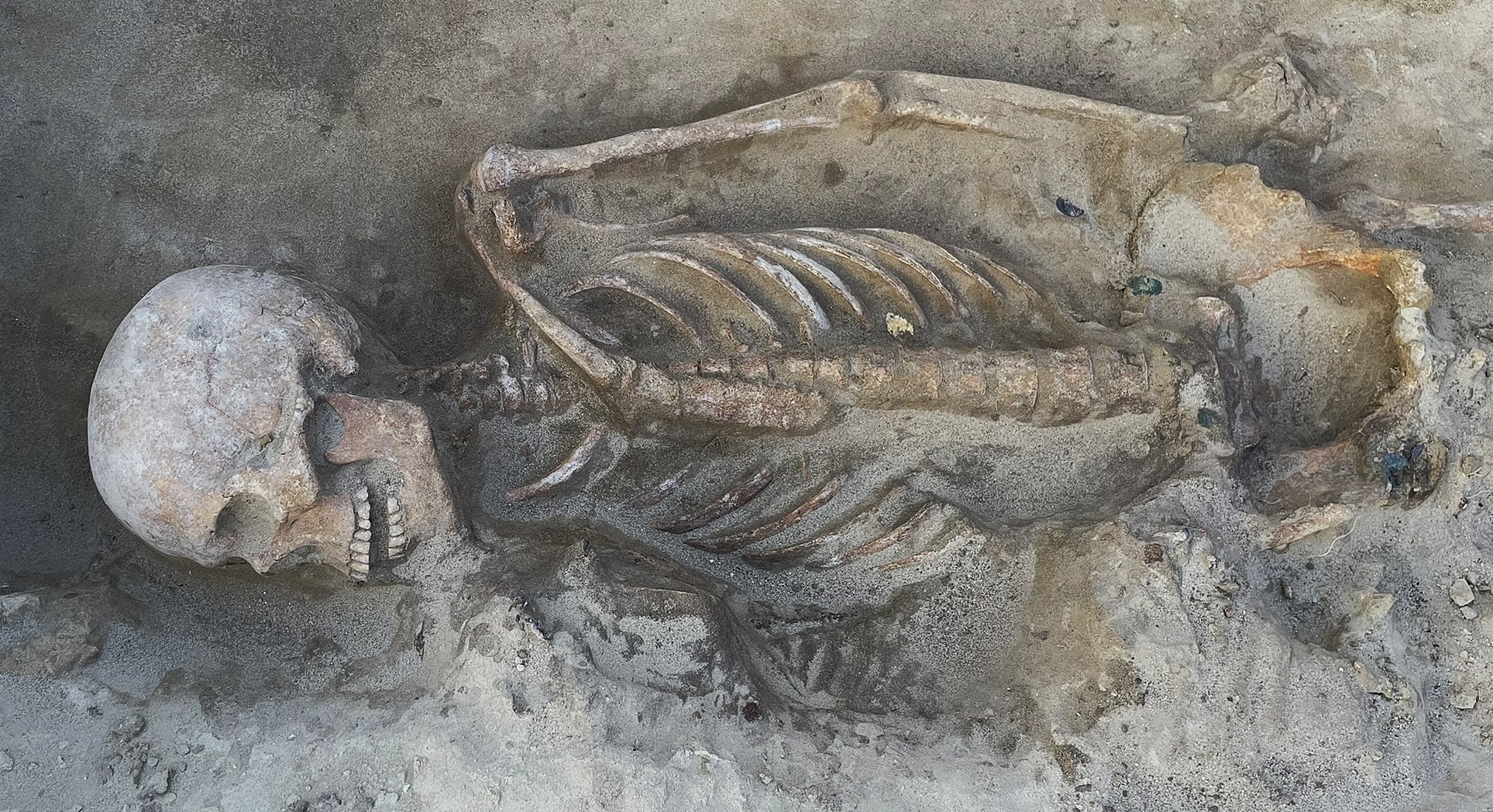This Giant Clock Will Tick for 10,000 Years, But You'll Never Find It

Would you pay $42 million for a clock that ticks once a year? Before you answer, consider this: It'll be buried 500 feet (150 meters) below a mountaintop near the Texas-Mexico border, and yes — you must wind it by hand.
Are you sold yet? Well, Amazon founder Jeff Bezos is.
On Tuesday (Feb. 20), Bezos tweeted the first video footage of an unusual project he's funding, called the 10,000-Year Clock. True to its name, the clock is designed to accurately keep time for 10,000 years. It's powered by a combination of solar energy and occasional windings by any intrepid visitors who stray into the limestone cliffs of Texas' Sierra Diablo mountain range sometime over the next 10 millennia. [5 of the Most Precise Clocks Ever Made]
To Bezos, who reportedly invested $42 million in the clock's construction, the timepiece is the ultimate symbol of long-term thinking.To Danny Hillis, an inventor and computer scientist who first described the idea for the clock in Wired magazine in 1995, it's a vision come to life.
"I want to build a clock that ticks once a year," Hillis wrote. "The century hand advances once every 100 years, and the cuckoo comes out on the millennium."
Clock of the Long Now - Installation Begins from The Long Now Foundation on Vimeo
In 1996, Hillis established The Long Now Foundation, a nonprofit dedicated to building the 10,000-year clock and promoting long-term thinking. On Dec. 31, 1999, he completed an 8-foot-tall (2.4 meters) prototype of the clock (currently on display at the London Science Museum) just in time to ring in the new millennium.
Get the world’s most fascinating discoveries delivered straight to your inbox.
In 2011, construction began on the first full-scale model, which will be about 200 feet (60 m) tall when it's completed. The venue: a private, Bezos-owned mountain in Texas, several hours' drive from the nearest airport and about 2,000 feet (610 m) above the valley floor.
As you can see in the video Bezos posted, the clock's construction is well underway. The crew has already hollowed out a 500-foot-deep (150 m) shaft inside the mountain that will serve as the clock's case. A long, winding staircase has been cut directly into the limestone using a special rock-slicing robot from Seattle.
At the video's 11-second mark, you can see workers begin to assemble the clock's main power system, which includes a 10,000-lb. (4,500 kilograms) weight and a three-pronged winding station that future visitors can rotate to help keep the clock ticking. Because the clock may go many days (or possibly centuries) without being wound, the clock will be able to power itself using solar energy captured from the mountaintop on sunny days, according to The Long Now. Sunlight will also help the clock stay synchronized with solar noon as the Earth's axis tilts over the coming centuries.
Above the power station, engineers will eventually install a cascading tower of 20 huge, 1,000-lb. (450 kg) gears known as Geneva wheels. This will be the clock's time generator — or, as Long Now board member Kevin Kelly described it, "the world's slowest computer." Once a day, the gears will turn and interlace an elaborate system of slots and pins in a different combination, which determines the precise order in which the clock's 10 bells will ring. According to Kelly, the clock will reportedly chime once a day, producing a unique combination of tones every day for the next 10,000 years.
Further up the shaft, a 300-lb. (136 kg) titanium pendulum will swing in slow, 10-second cycles. A nearby display station will show visitors the current date and time, as well as the corresponding positions of the stars and planets. The clock will always know what time it is, Kelly wrote, but it will update the display only once it's wound.
One thing the 10,000-year clock cannot tell us: when it will be ready. At press time, there is no precise date set for the clock's completion. Luckily, the team has about 982 years before the cuckoo's first curtain call.
Originally published on Live Science.

Brandon is the space / physics editor at Live Science. With more than 20 years of editorial experience, his writing has appeared in The Washington Post, Reader's Digest, CBS.com, the Richard Dawkins Foundation website and other outlets. He holds a bachelor's degree in creative writing from the University of Arizona, with minors in journalism and media arts. His interests include black holes, asteroids and comets, and the search for extraterrestrial life.


